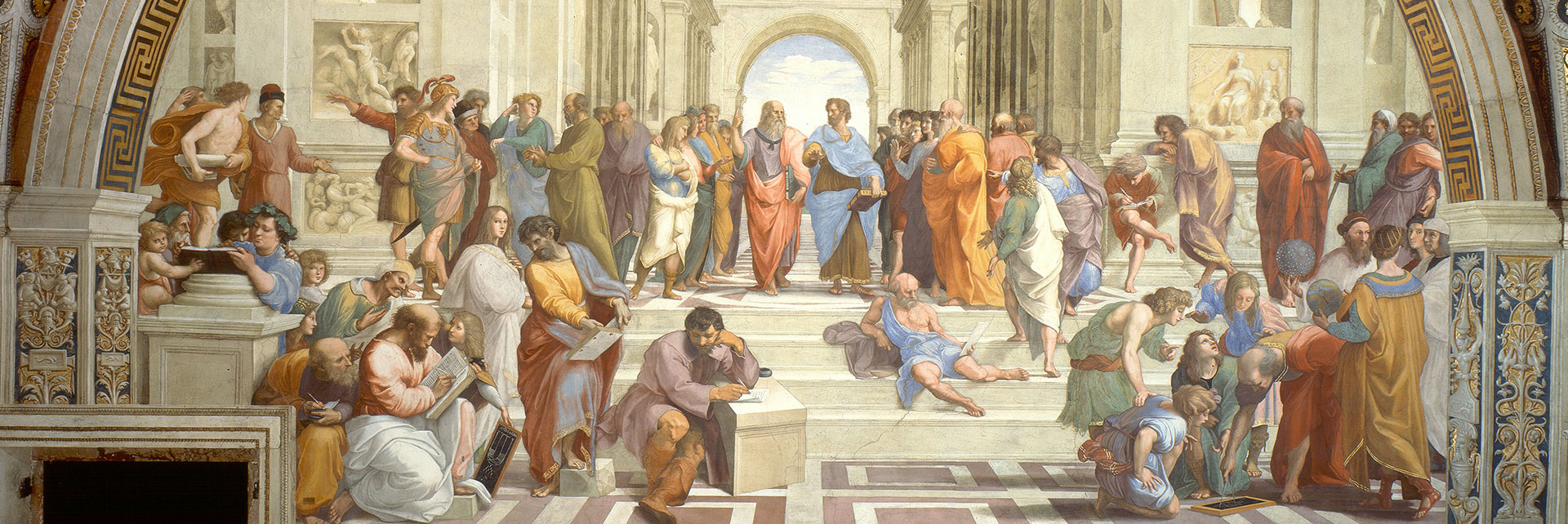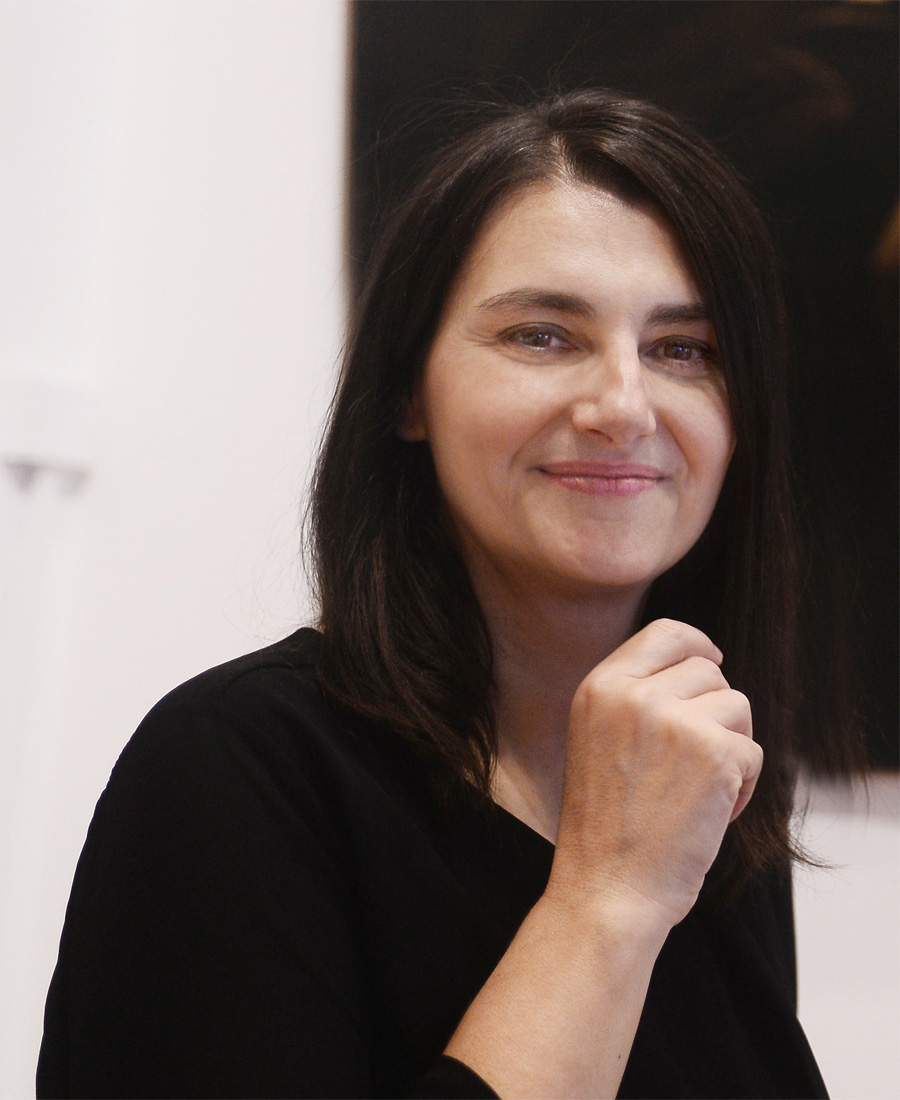Silvia Battistini
I chose to study the discipline of art history 30 years ago, a complex and structured subject for which both of the words comprising its name are fundamental.
Many strands of knowledge intertwine in these two nouns because that which man has produced with an aesthetic value over the centuries is primarily the fruit of historic and cultural contexts, traditions, values, beliefs, and aspirations. In a work of art, the shared sentiment of a community is reflected along with the range of fields of knowledge which serve as an artist’s basis to imbue his work with uniqueness.
With the conviction that genius is not born from nothing, but rather is nourished through teaching, new stimuli, and external comparisons, I try to read works of art not just by applying present categories of methodology and thought, but also by attempting to reconstruct history in reverse in order to understand why and where they were crafted and, even before that, commissioned: trying to rediscover as much as possible the gaze with which they were seen and perceived at the time of their creation, which in turn provides essential tools for comprehension of the past, faithful testimonies to that which has fascinated or frightened man in various eras.
Working in a museum has also taught me to identify ways to recount the many histories of works housed there and reconfer to them newness: in a museum, beauty and the history of thought are certainly encountered, but one also uncovers there one’s own emotions and therefore oneself. It is a place of renewal
I am also deeply convinced that in order to compose this mosaic, it is necessary to have a direct awareness of the artistic object, in order to understand the artisanal abilities necessary for its creation and to discover how even for these material aspects, there may have been much more cross-over than one might think today.
The stories of art that I would like to tell at the Academy for Christian Art will sometimes seem to speak of small worlds, but they are tools to see more closely what is normally only viewed.
Silvia Battistini



